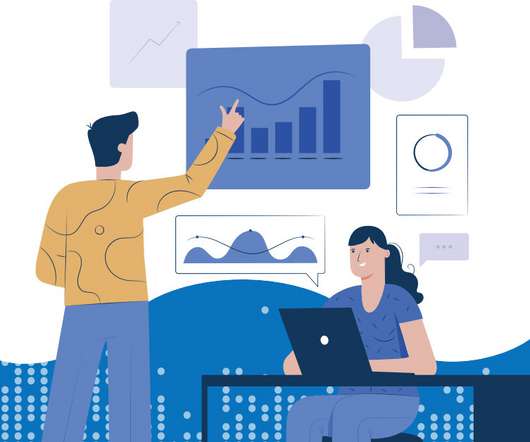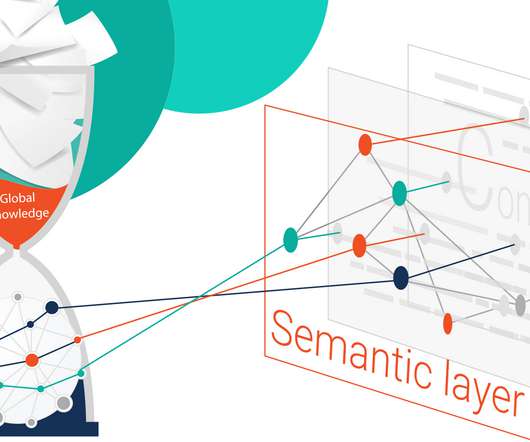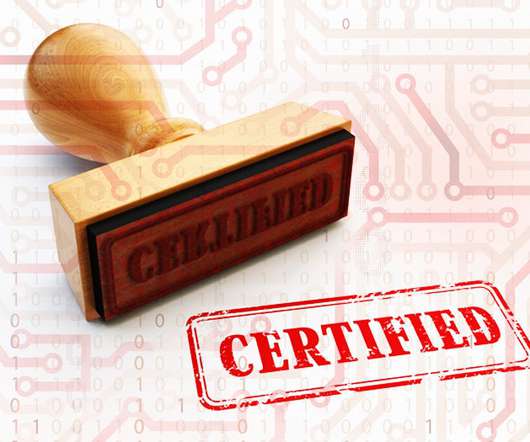A history of tech adaptation for today’s changing business needs
CIO Business Intelligence
JANUARY 17, 2024
The company has been on a continuous journey to adapt its internal and external processes to new business needs and opportunities since 2001.” “Digital transformation is not a new concept for Ipsos,” says global CIO Humair Mohammed. js and React.js.



















Let's personalize your content